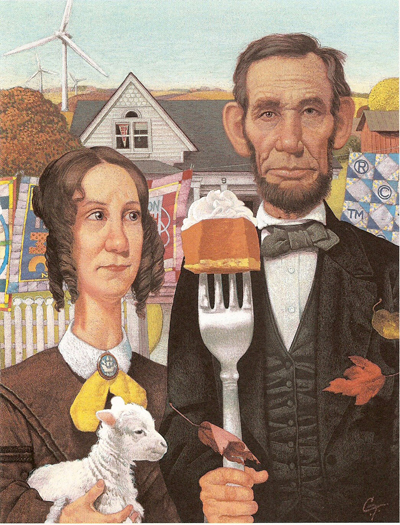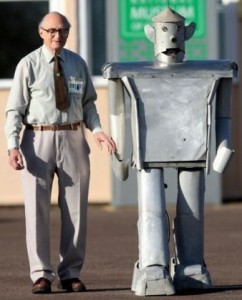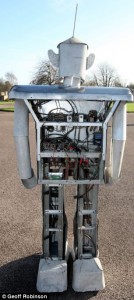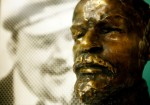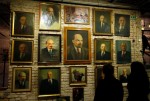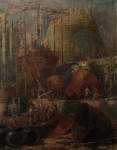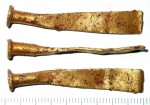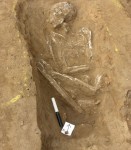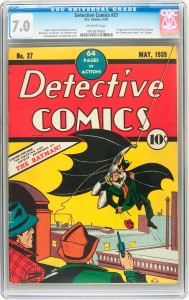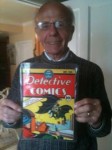I try to avoid indulging in too much theme posting because of the preponderance of cheap “reason for the season” articles that pepper the press around the big holidays, but the Encyclopedia Smithsonian (yes, the Smithsonian website has an encyclopedia section and it rules) has such a neat little article summarizing the history of Thanksgiving celebrations on the North American continent that I’m giving in to the pressure and making this a theme entry.
First interesting fun-fact: the first Thanksgiving European-colonies-style was in Canada, and it wasn’t even in autumn, never mind November.
The first Thanksgiving service known to be held by Europeans in North America occurred on May 27, 1578 in Newfoundland, although earlier Church-type services were probably held by Spaniards in La Florida.
Other religious services giving thanks for colonists surviving the crossing, plague or starvation happened in the first decade of the 1600s in British colonies along the eastern seaboard.
The Pilgrims, contrary to popular belief, actually held a secular thanksgiving celebration first, in keeping with their anti-holiday theology, in 1621. They spent 3 days partying without any kind of religious service whatsoever. It wasn’t until 2 years later that they combined theology and party.
In 1623, the Pilgrims at Plymouth Plantation, Massachusetts, held another day of Thanksgiving. As a drought was destroying their crops, colonists prayed and fasted for relief; the rains came a few days later. And not long after, Captain Miles Standish arrived with staples and news that a Dutch supply ship was on its way. Because of all this good fortune, colonists held a day of Thanksgiving and prayer on June 30. This 1623 festival appears to have been the origin of our Thanksgiving Day because it combined a religious and social celebration.
After that there were a variety of local celebrations coinciding with the fall harvest until
[I]n 1789, Elias Boudinot, Massachusetts, member of the House of Representatives, moved that a day of Thanksgiving be held to thank God for giving the American people the opportunity to create a Constitution to preserve their hard won freedoms. A Congressional Joint Committee approved the motion, and informed President George Washington. On October 3, 1789, the President proclaimed that the people of the United States observe “a day of public thanksgiving and prayer” on Thursday, the 26th of November.
So the first official Thanksgiving in the United States of America was to give thanks for the Constitution. I think that’s pretty cool. Also cool is that Jefferson alone among the next 3 Presidents refused to proclaim a day of thanksgiving and prayer because he thought it violated the establishment clause.
After Madison the practice fell out of fashion. Thanksgiving the official annual holiday as we know it today was the result of one lady working avidly for 30 years to get one put on the books, plus the Battle of Gettysburg.
Most of the credit for the establishment of an annual Thanksgiving holiday may be given to Sarah Josepha Hale. Editor of Ladies Magazine and Godey’s Lady’s Book, she began to agitate for such a day in 1827 by printing articles in the magazines. She also published stories and recipes, and wrote scores of letters to governors, senators, and presidents. After 36 years of crusading, she won her battle. On October 3, 1863, buoyed by the Union victory at Gettysburg, President Lincoln proclaimed that November 26, would be a national Thanksgiving Day, to be observed every year on the fourth Thursday of November.
You can read the text of Lincoln’s Thanksgiving proclamation here. (It’s very God and Civil War-heavy.)
And now, I’m off to mash some sweet potatoes. Happy Thanksgiving, all!
